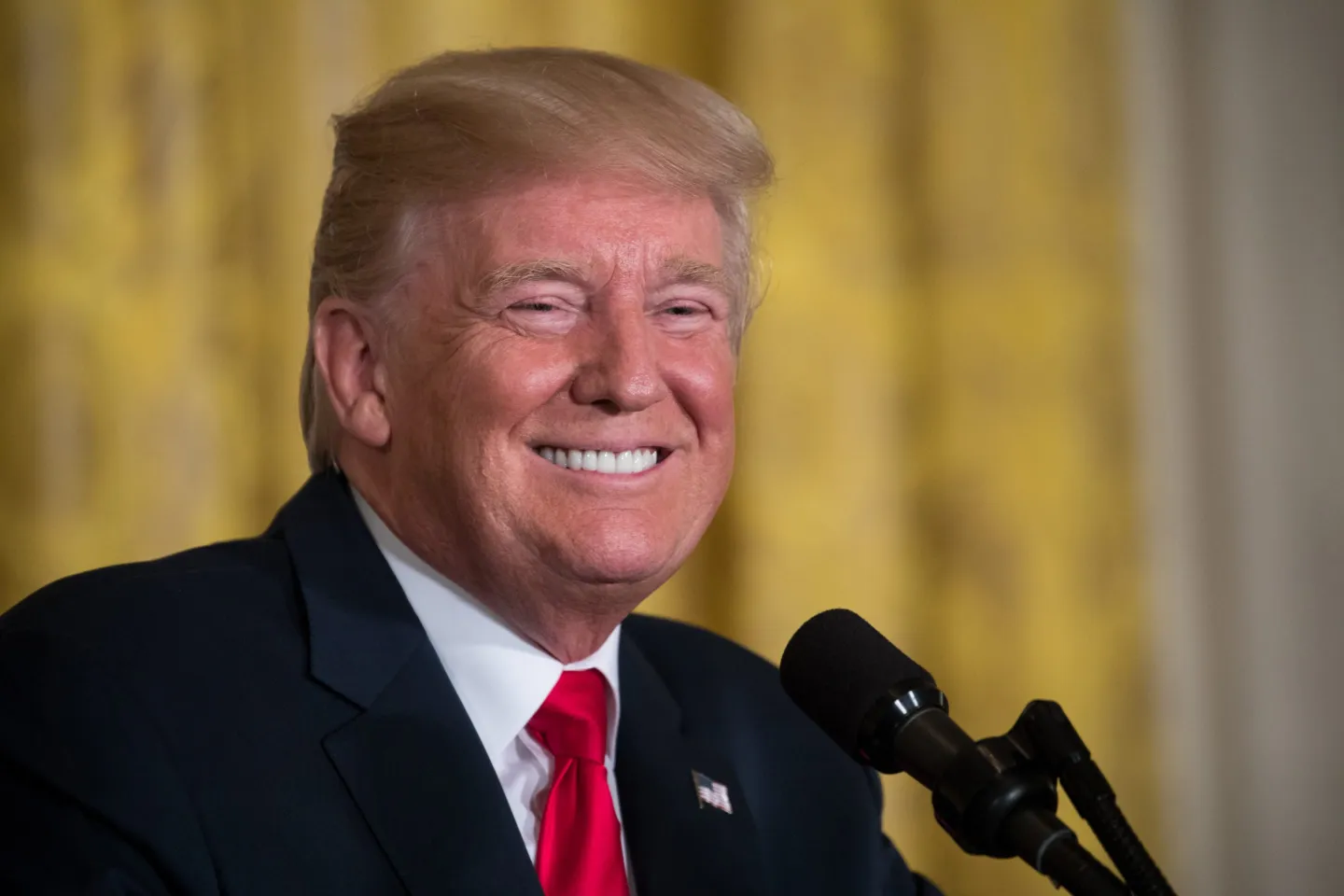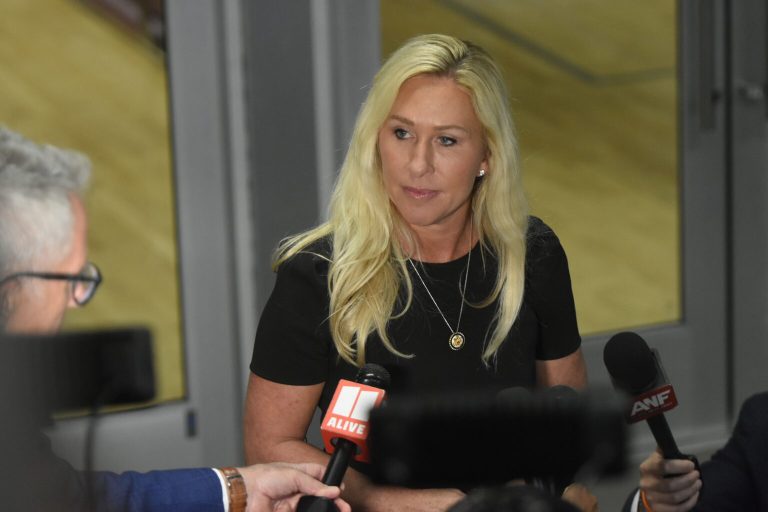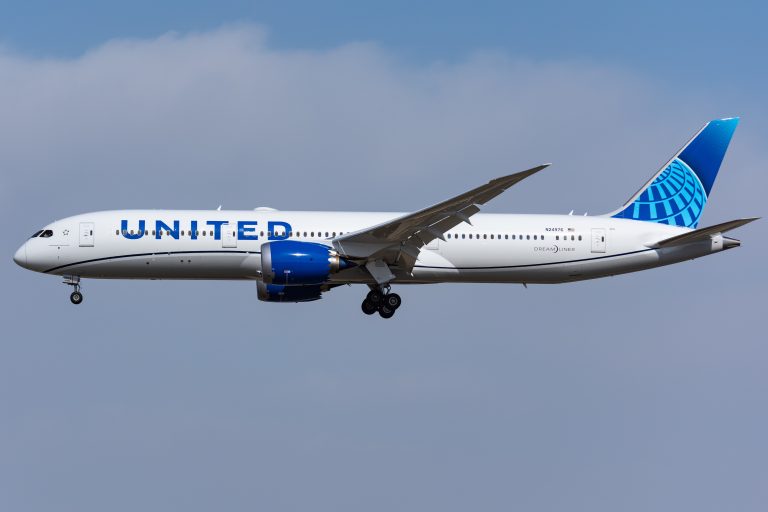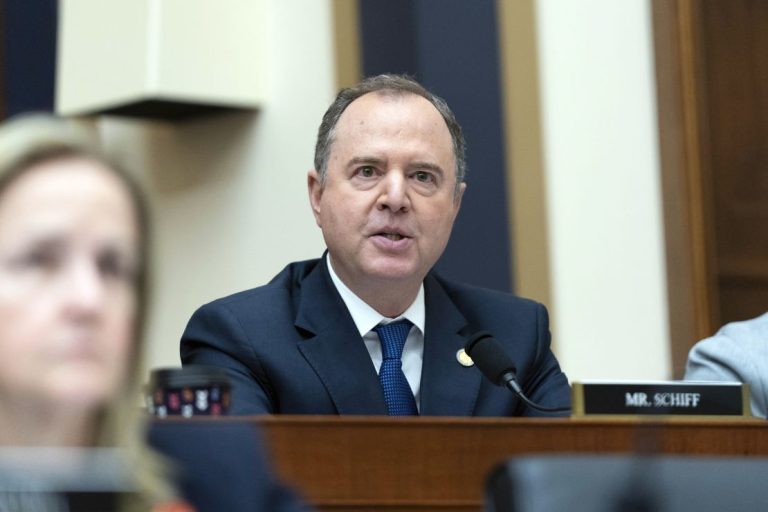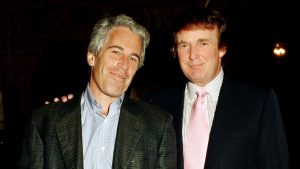President Donald Trump has issued a fresh update on his proposed “tariff dividends,” a plan he has repeatedly highlighted as a major financial benefit for millions of Americans. While the idea of direct payouts funded by tariff revenue has been promoted as a signature economic initiative, the President has now confirmed that the long-awaited payments will not arrive this year. Instead, he provided a broad new timeline, pushing expectations into next year and likely into 2026.
The proposal, which Trump originally introduced earlier this month, is centered on what he calls a guaranteed “dividend” of at least $2,000 per person for qualifying Americans. According to him, the money would come directly from revenue generated by the administration’s aggressive tariff agenda, which he argues has strengthened the U.S. economy and reshaped international trade relationships.
In his initial message explaining the concept, Trump struck a triumphant tone about the state of the country under his leadership. Writing on his social platform, he declared: “People that are against tariffs are fools! We are now the richest, most respected country in the world, with almost no inflation, and a record stock market. 401(k)s are highest ever. We are taking in trillions of dollars and will soon begin paying down our enormous debt. A dividend of at least $2,000 a person—not including high-income people—will be paid to everyone.”
That promise quickly captured the public’s attention, especially among lower- and middle-income households dealing with persistent cost-of-living pressures. But even at that early stage, the administration acknowledged that the details were not finalized. Treasury Secretary Scott Bessent was one of the first officials to outline potential parameters, saying the idea was being actively discussed but still lacked finalized guidelines.
According to Bessent, the working concept would target families earning under a certain threshold—possibly around $100,000 a year—though that number remained only a suggestion. He emphasized that the administration had not settled on a firm income limit and that officials were still analyzing which approach would best support lower-income Americans without encouraging excessive spending or creating unnecessary administrative challenges. What was clear, however, was that wealthier Americans would be excluded from the program.
The President’s newest update arrived as he was traveling aboard Air Force One on Friday. Speaking with reporters, he was asked directly whether Americans could expect the payments to arrive before the Christmas season. Trump responded with a definitive “no,” adding that while the plan is moving forward, it will not come into effect before the end of the year.
“No, no. Not for this year,” he said. “It’ll be next year sometime.”
He elaborated briefly on the mechanics of the plan, saying the tariffs would serve as the financial foundation: “The tariffs allow us to give a dividend. We’re going to do a dividend, and we’re also going to be reducing debt.” Shortly afterward, he departed for Florida and continued his schedule at Mar-a-Lago.
Legal and Legislative Roadblocks
Trump’s remarks come at a time when questions are mounting about the legality and practicality of the tariff program itself. Many of the tariffs currently fueling the administration’s revenue projections were implemented under the International Emergency Economic Powers Act, or IEEPA—a law that allows the president to take certain actions during national emergencies.
However, IEEPA has never before been used to impose sweeping tariff increases on U.S. trading partners. As a result, the Supreme Court has shown increasing skepticism about whether the President has the authority to use the statute in this way. The Court previously signaled that it may rule against the administration’s interpretation of IEEPA, which would pose a direct threat to the tariff system that Trump argues is generating the surplus income needed for the dividend program.
If the Court does ultimately rule against the tariffs, the President acknowledged that his administration would need to find an alternative route. When asked whether the dividend payments could still be issued if the judiciary blocked the tariffs that fund them, Trump responded candidly: “Then I’d have to do something else.”
But the Supreme Court isn’t the only hurdle. Even if the tariff structure is upheld, the “tariff dividend” would still require formal approval from Congress. It would involve distributing billions—potentially hundreds of billions—of dollars in federal funds directly to households. That type of economic program cannot be implemented through executive authority alone.
Several prominent Republicans have already expressed hesitation about the dividend plan. Their concerns focus largely on fiscal responsibility, with some lawmakers arguing that the federal government should prioritize addressing the national debt rather than issuing mass payouts at a time when federal deficits remain high. Others worry that directing tariff revenue toward consumer payouts may distort trade policy, encouraging the government to rely too heavily on tariffs as a budgetary tool rather than a strategic economic measure.
Economic Implications and Questions
If implemented, the $2,000 dividend would represent one of the most significant direct-payment programs in U.S. history outside of emergency stimulus periods. Unlike traditional stimulus payments, however, this proposal is not being described as a response to a financial crisis, recession, or national emergency. Instead, the administration presents it as a routine distribution of the country’s newfound wealth—wealth that Trump contends is derived from foreign manufacturers and trading partners attempting to access U.S. markets.
That framing has appealed to many of Trump’s supporters, who see the dividend as a form of economic justice: money taken in from foreign nations and returned directly to American citizens. But economists across the political spectrum have noted that tariffs are not paid by foreign governments but by U.S. importers, which often pass the costs on to consumers. That raises questions about whether the dividend would truly represent “free money” or whether Americans are effectively paying for their own checks through higher prices on imported goods.
Furthermore, issuing widespread direct payments could have inflationary effects depending on timing, distribution size, and broader economic conditions. While Trump insists the U.S. is experiencing “almost no inflation,” analysts argue that distributing billions to consumers could put upward pressure on demand, especially if the economy remains strong.
There is also uncertainty over whether tariff revenue alone would be sufficient to cover the cost. With tens of millions of eligible adults, a $2,000-per-person payout could require an enormous pool of funds—possibly more than tariffs currently generate. The administration has not released any official revenue projections to support the feasibility of the dividend’s scale.
Public Reactions and Political Context
Despite these obstacles, the proposal has generated widespread public curiosity and debate. Supporters believe the dividend represents bold, out-of-the-box thinking—an innovative way to redirect trade revenue back to the people rather than letting it sit in federal accounts. Critics describe it as unrealistic, legally uncertain, and potentially destabilizing.
Politically, the idea serves as both a campaign-style promise and an economic message. For Trump, it reinforces his argument that tariffs are not a burden but a wealth-producing tool. It also positions him as a president willing to provide tangible benefits to everyday Americans without raising taxes or increasing traditional government spending.
What Comes Next
For now, Americans will need to wait for clearer information. Trump has confirmed that checks will not arrive this year, and even his prediction of next year remains broad and not tied to any specific rollout plan. Key details—such as income limits, payment methods, eligibility rules, and legislative steps—remain unresolved.
In the coming months, the following developments will shape the future of the proposal:
-
Supreme Court decisions on the legality of the tariff framework
-
Congressional debates on whether to authorize payments
-
Formal policy outlines from the Treasury Department
-
Revenue estimates showing whether tariffs can realistically fund the program
Until those issues are settled, the “tariff dividend” remains an ambitious, attention-grabbing proposal—one that the President insists will happen, but whose path forward is still full of legal, political, and economic complexities.
What Trump has made clear is that Americans should not expect the payments in time for holiday shopping or year-end expenses. The earliest forecast now extends into next year, with 2026 increasingly looking like the realistic horizon.
For millions hoping for the $2,000 payout soon, the message is simple: it’s coming, the administration says—but not yet.

Emily Johnson is a critically acclaimed essayist and novelist known for her thought-provoking works centered on feminism, women’s rights, and modern relationships. Born and raised in Portland, Oregon, Emily grew up with a deep love of books, often spending her afternoons at her local library. She went on to study literature and gender studies at UCLA, where she became deeply involved in activism and began publishing essays in campus journals. Her debut essay collection, Voices Unbound, struck a chord with readers nationwide for its fearless exploration of gender dynamics, identity, and the challenges faced by women in contemporary society. Emily later transitioned into fiction, writing novels that balance compelling storytelling with social commentary. Her protagonists are often strong, multidimensional women navigating love, ambition, and the struggles of everyday life, making her a favorite among readers who crave authentic, relatable narratives. Critics praise her ability to merge personal intimacy with universal themes. Off the page, Emily is an advocate for women in publishing, leading workshops that encourage young female writers to embrace their voices. She lives in Seattle with her partner and two rescue cats, where she continues to write, teach, and inspire a new generation of storytellers.




